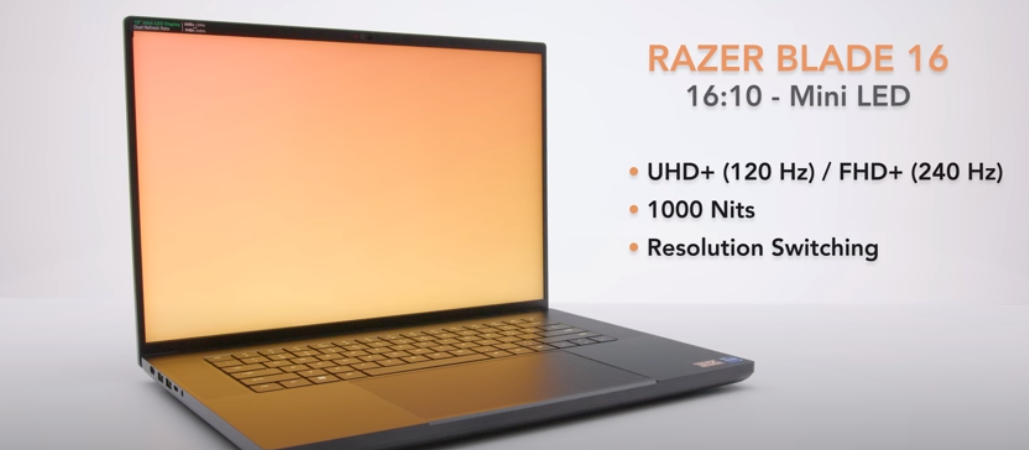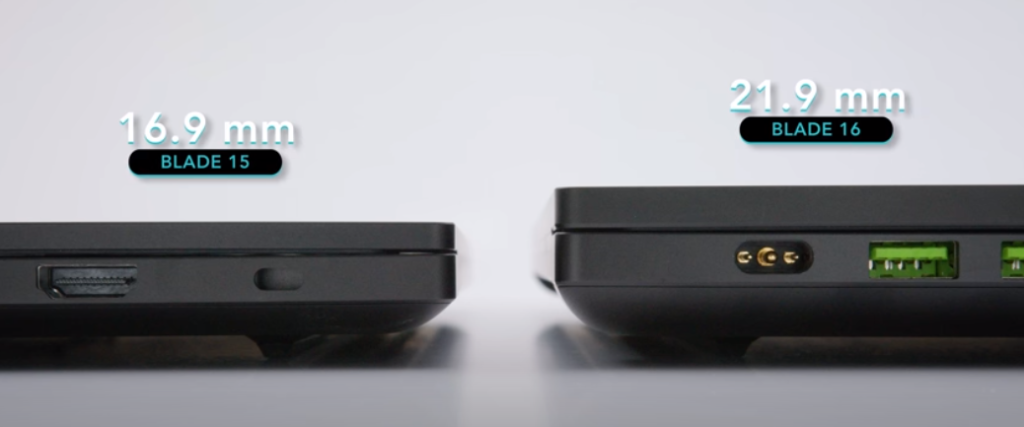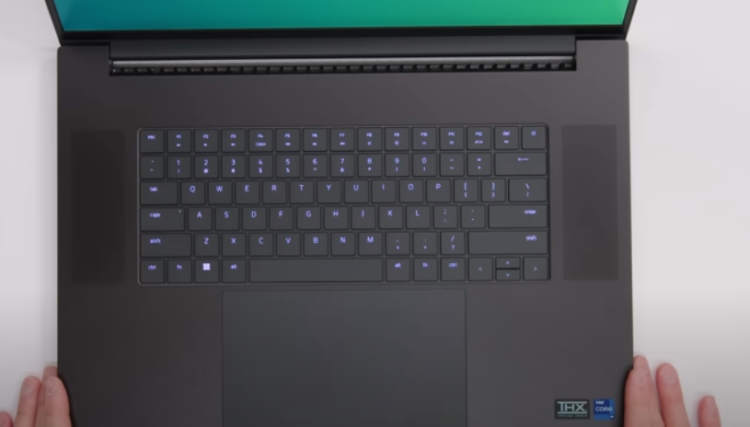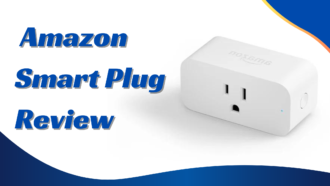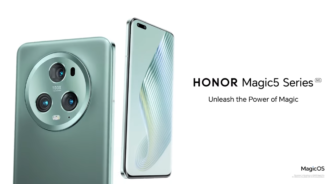Razer Blade 16: An Honest Review
Razer has been making high-end laptops for a long time, but in 2024, the company is looking into some new ideas. Razer is putting out its first Razer Blade 16 this year. The name comes from the fact that the screen has a 16:10 ratio. Shacknews tried it out, and while it has a few problems typical of Razer products, the Razer Blade 16 is a good piece of work for anyone willing to spend a little more money.
Razer Blade 16 Specifications
| Battery | 95.2Whr |
| Power Adapter | 330W |
| OS | Windows 11 Home |
| Processor | 13th Generation Intel Core i9-13950HX, 5.5 GHz (Boostable to 5.5 GHz), 24 Cores (32 Threads), 36 MB (MB) of Cache. |
| Memory | 32 GB DDR5-5600MHz |
| Weight | 2.45 kg / 5.40 lbs |
| Storage | 2 TB SSD (M.2 NVMe PCIe 4.0 x4) |
| TouchPad | Precision glass touchpad |
| Display | 16″ UHD+, 16:10 (3840 x 2400 WQUXGA) / FHD+ 16:10 (1920 x 1200, WUXGA) |
ProsA nice Design
- Platform tech on the cutting-edge
- Beautiful and versatile display
- Good sound
Cons
- Price is premium
- Bad battery life
Razer Blade 16 Power
The Razer Blade 16 is a mighty gaming machine. Our review model had a 13th-generation Intel Core i9-13950HX processor with 24 cores running at 5.5 GHz, an NVIDIA GeForce RTX 4080 graphics card, and 32GB of DDR5-5600MHz RAM. Even though I spent most of my time playing Deliver Us Mars, I couldn’t help but be impressed by how well other games ran on the Razer Blade 16. I ran a few specific benchmark tests with various settings, and the results were a pleasant surprise. The change from 16:9 to 16:10 can’t be overstated since Razercouldo made the bezels along the display’s edges smaller enough to fit in more pictures. When you add in the sharper UHD+ display and sharper colours from the Mini-LED panel, you get a more immersive experience. As has been said, though, high-end gaming can cost a lot since this thing gets hot. If you don’t use a cooling mat, you don’t know how long the parts of your laptop will last when they are running at such a high temperature.
Making plans and building
Due to its larger size, the Razer Blade 16 has an entirely new chassis. But at the end of the day, it’s a very familiar design that’s hard to tell apart from the old one unless you have them both in front of you. But if you used to own a Blade 15, you’ll know the difference as soon as you pick it up. The truth is that this thing is more significant. It’s not only 0.2 inches thicker but also a full pound heavier than the Razer Blade 15 I reviewed last year. This is planned, of course. Since the Razer Blade 14 has been as good as the Blade 15 for a few years, it makes sense that they would try to add more power to the chassis with this redesign. And the only way to do that is to make the device a little bigger so it can handle higher TDP and TGP. So, this is where we are now.
Razer Blade 16 keypad and keyboard
The Razer Blade 16keyboard seems the same as last year, which is precisely what I expected. As a former Blade owner, I’m used to Razer keyboards, so it didn’t take long to get good at typing on this computer. The layout is well thought out, and each key is in a place that makes sense. The only strange thing about it is that the power button is where the Del key is usually located i.e., As a former Blade owner, I’m used to Razer keyboards, so it didn’t take long to get good at typing on this computer. The layout is well thought out, and each key is in a place that makes sense. The only strange thing about it is that the power button is where the Del key usually is. Some people might find it hard to get used to the shallow keystrokes, but I’ve found that it just takes time.
Razer Blade 16 Screen
Razer Blade 16 has a screen resolution of 256,016,004 pixels at 240 Hz. It is a version of IPS made by CSOT. It’s a lovely screen as a whole. There are almost perfect viewing angles, and my screen has no backlight bleed. Overall, it’s a beautiful screen, and I have nothing wrong to say about it. It’s set to 240 Hz by default, but you can change it in Synapse to 60 Hz if necessary. You can also set it to switch on its own when the battery runs out, which is very helpful. The only other screen choice is a 4K mini LED 120Hz panel that can also be switched to a faster 1080p 240Hz refresh rate.
Conclusion
So, after using Razer Blade 16 for a few weeks, I’m back to believing in the Blade. I mostly had a great time with it. Yes, it’s heavier and thicker than it used to be. However,t the extra performance from the GPU is worth the small cost. When I switched from Blade 15 to Legion 7, I made a similar sacrifice: the same jump. Razer was trying to fill this gap, and they did it well. Blade 18 is also a good choice if you want to remove your desktop. But this Razer Blade 16 is correct if you want something in the middle.
FAQS
How long do batteries last?
The battery in the Razer Blade 16 has 95 Wh, which is more than the 80 Wh battery in the Razer Blade 15 from last year. I did my usual set of tests with the brightness set to about 100 nits, or 30%.
What is the price of the laptop?
Depending on the GPU and screen you choose, Razer Blade 16 models cost anywhere from $2699 (for the 4060 + IPS model) to $4299 (for the 4090 + miniLED configuration) this year. The model I have, which has an RTX 4080 and an IPS screen, costs $3599.

